Protected Under
Balochistan (Wildlife Protection, Preservation, Conservation and Management) Act, 2014
25°30'53.7"N 65°31'12.9"E
![]()
On the UNESCO World Heritage Site Tentative List
Balochistan (Wildlife Protection, Preservation, Conservation and Management) Act, 2014
Hingol National Park is home to the "Sphinx of Balochistan," a natural rock formation that strikingly resembles the Great Sphinx of Giza in Egypt, showcasing the park's remarkable and diverse geological features.
The Best Time to Visit Balochistan Province is Year long as it has bearable Cold winters and Hot Summers. However, Summers can get really Hot and precautions are recommended during Daytime visits.

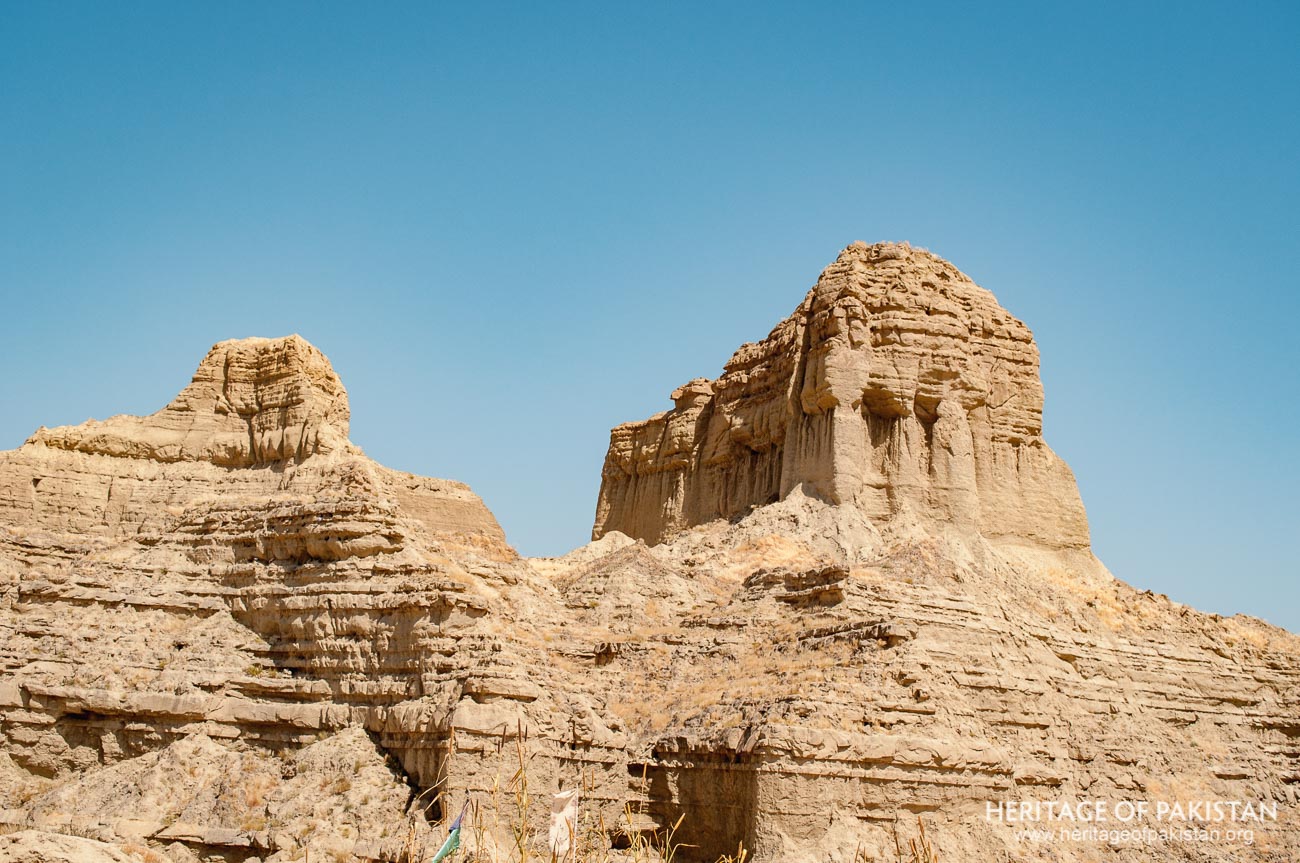
Hingol National Park is a National Park located in the Balochistan province of Pakistan, and is distinguished by its distinctive and dramatic rocky topography. It is situated on the Makran Coastal Highway that links Karachi to Gwadar, and covers an area of 6,190 km² (619,043 hectares), making it the second largest national park in Pakistan. Three districts of Balochistan namely Lasbela, Gwadar, and Awaran comprise the park’s territory. The park is located at 65.51E and 25.72N, with an elevation that ranges from 100 to 1,600 meters.The National Park is inscribed on the Tentative list of UNESCO World Heritage Site from Pakistan, and remains a protected area in Pakistan since 1988. Hingol National Park is a favorite destination for tourists and especially photographers due to its diverse geology and unique scenery along the section of the Makran Coastal Highway that passes through the park.
The park has a diverse geography and it comprises of various mountainous formations, mud volcanoes, and a coastal region. Importantly, the park is named after the Hingol River, which passes through the park's center and forms an estuary as it enters the Arabian Sea. According to Geologists, the Makran coastal strip and the adjacent mountain cliffs of the Hingol National Park were sculpted into fascinating forms by tidal waves and powerful winds, an erosion process taking thousands of years which has shaped the distinctive and dramatic landscapes of the park. At first the fascinating forms appear to be almost man made and hence resemble an archaeological complex.
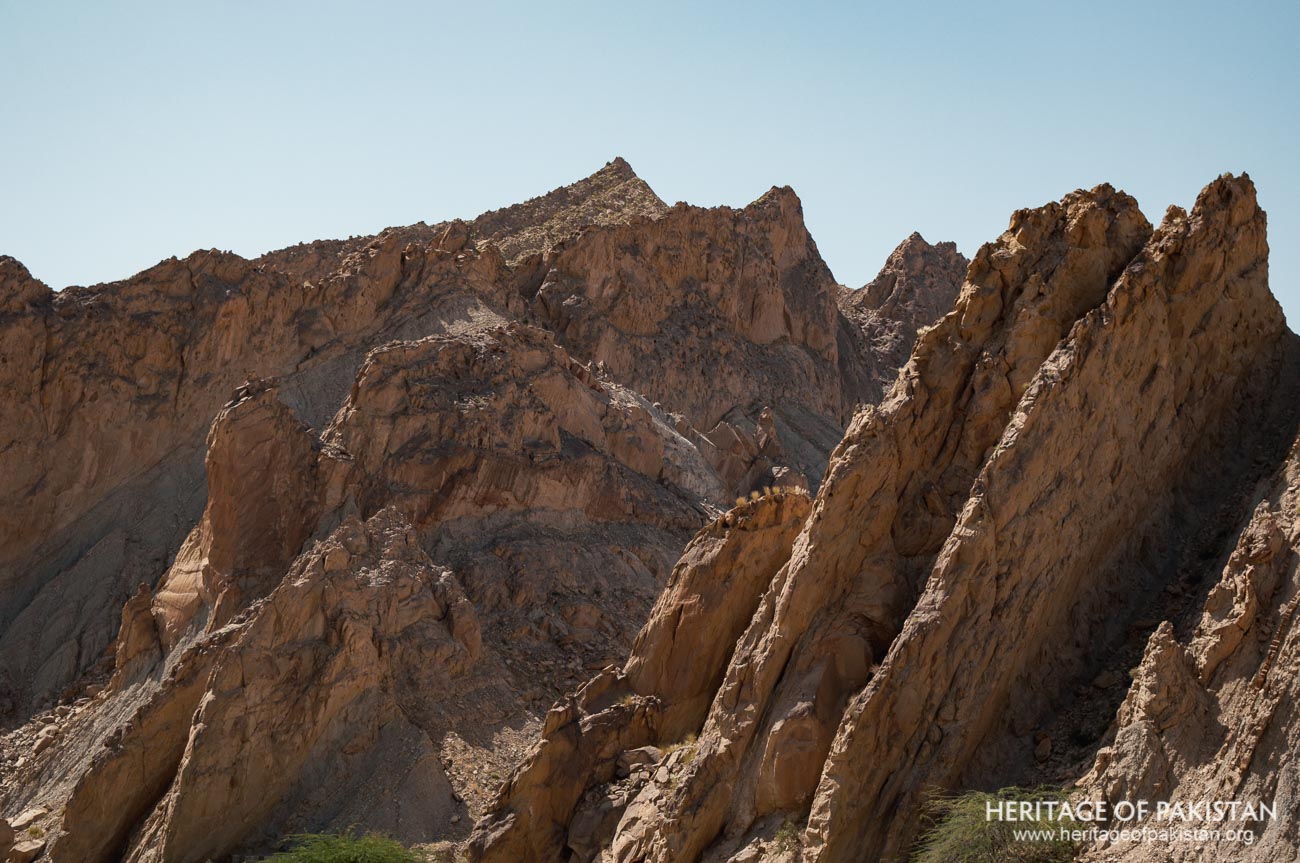
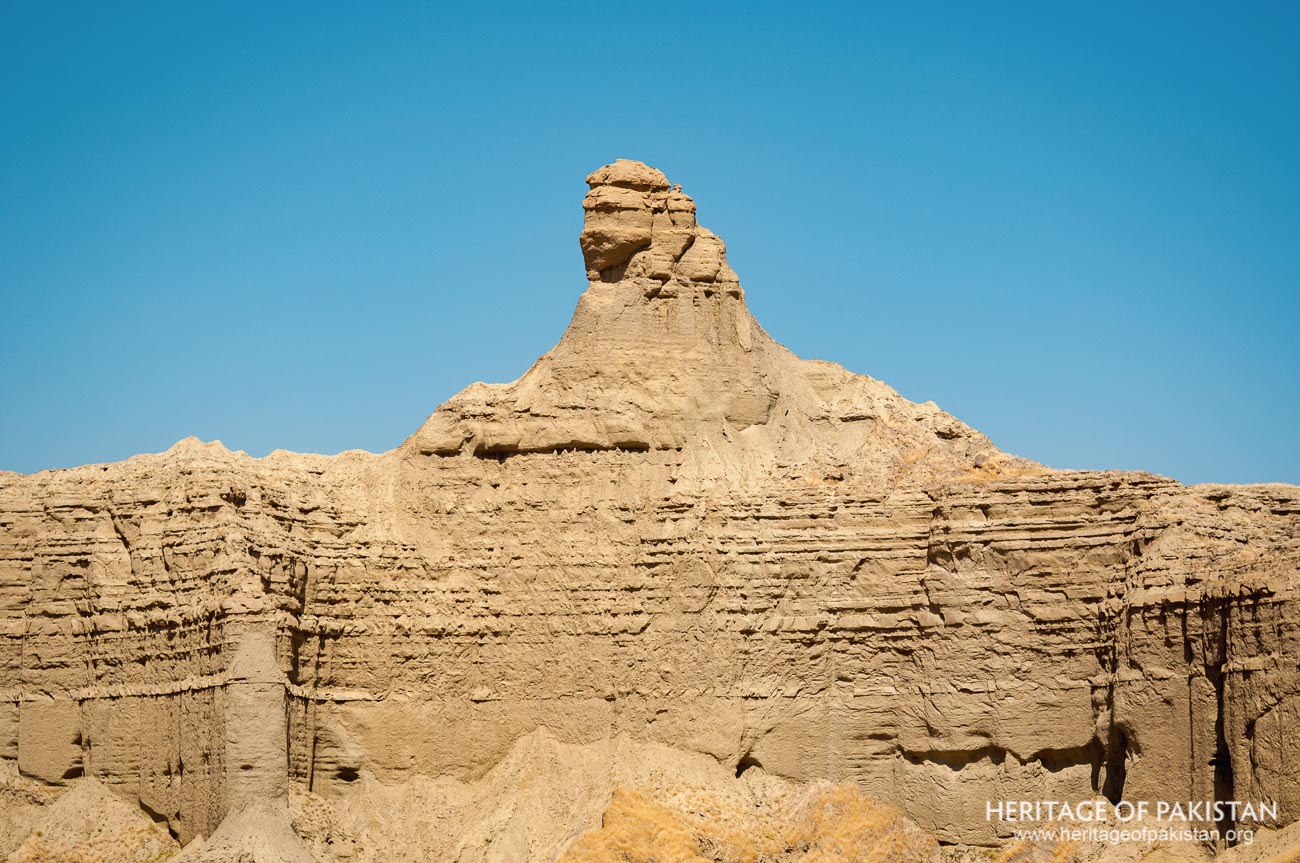
The rock formations in Hingol National Park evoke the appearance of an extraterrestrial landscape and are the park’s most fascinating features. Numerous striking rock formations have been recognized and named as well. Among these formations, the Princess of Hope stands out, resembling a woman, and has become an iconic symbol of the park. This was named by the actress Angelina Jolie on her visit to the park in 2002. Another notable formation is the Balochistan Sphinx, which remarkably resembles the Great Sphinx of Giza. Both of these rock formations are visible from the Makran Coastal Highway near the area known as Buzi top.
An ancient Hindu temple, Hinglaj Mata Mandir, is situated in the Hingol National Park and is one of the most important Hindu sites in the country. The Hinglaj Mata Mandir is one of the three Shakti Peethas in Pakistan, the other two being Sharada Peeth in Azad Kashmir and Shivaharkaray in Sindh, and belong to the ancient tradition of Shaktism. These Shakti Peethas are sacred spiritual sites where the consecrated ashes of the goddess Shakti or Sati, a principal deity in Hinduism, are venerated, and hence hold great importance in this tradition. The Hinglaj Mata Mandir is associated with the Charani tradition of Hinduism and it is said that is thousands of years old. According to mythology and Hindu belief.,the location of Hinglaj Mata is considered sacred because the head of the deity Sati fell there when her body was dismembered by Vishnu. The temple is located near the Hingol River in a natural cavern on a stream that flows into the Hingol River. The actual temple is situated inside a mountain cave.
The Hinglaj Yatra is one of the most significant Hindu pilgrimages in Pakistan, with over 250,000 Hindus participating in the season of Spring. The religious gathering is known as "Hinglaj Mata Teerath Yatra and Shri Hinglaj Seva Mandli" and thousands of Hindus visit and perform various rituals. The shrine's rituals are intricately linked to the surrounding environment. Pilgrims usually walk in the pilgrimage crossing the Hingol National Park stopping at various locations for religious observance and performing various rituals.They also conduct ritual bathing in the river. Visit to the Mud Volacnoes including the Chandragup is also an important ritual during the pilgrimage.Other Hindu festivals are also held annually at the Tempe. The Navratri festival is particularly noteworthy among these, as it attracts hundreds of Hindus from Sindh and throughout Pakistan.
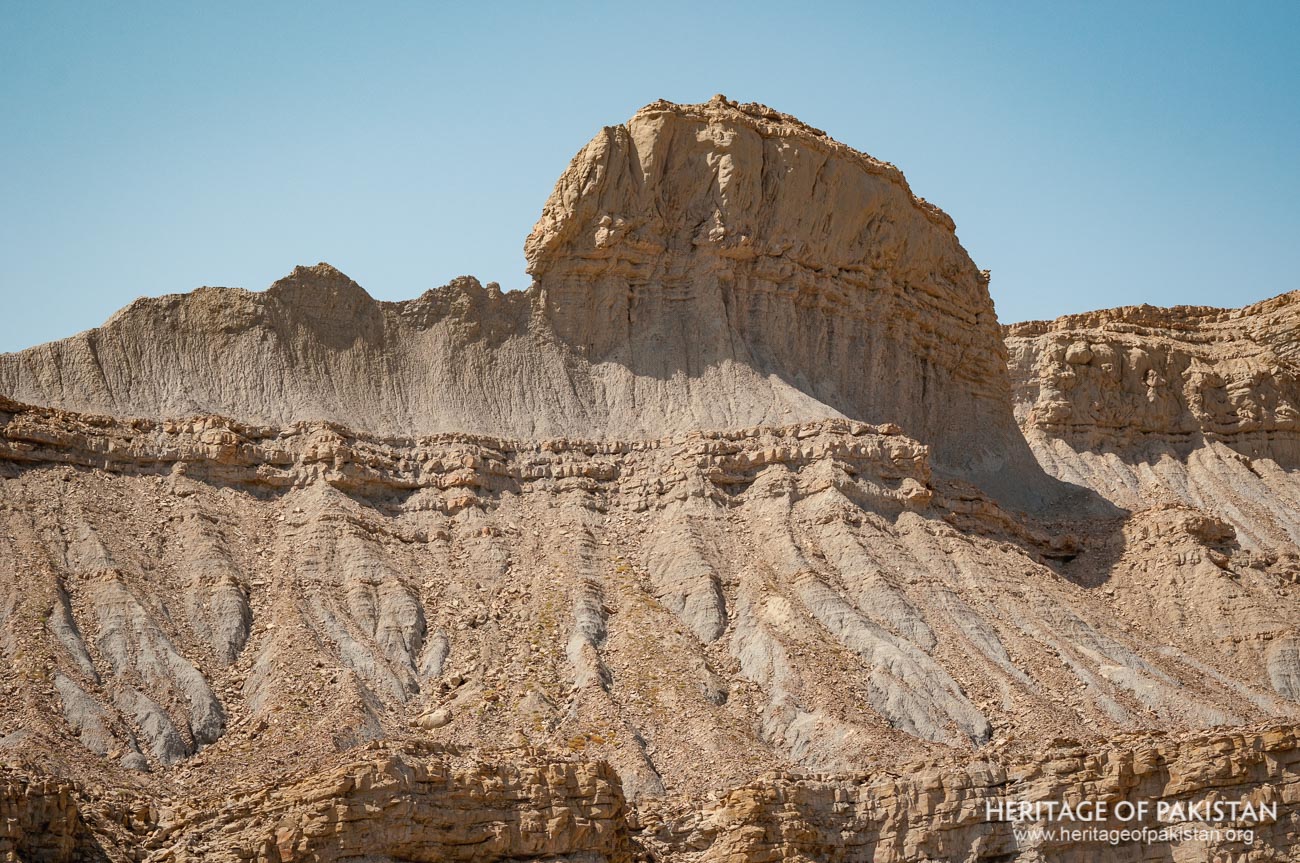
Hingol National Park comprises several distinct ecosystems and has a varied landscape. In the north, the park includes an arid subtropical forest, while the western portion features dry, mountainous terrain. To the south, the park is bounded by the coastline of the Arabian sea. Along the coast, Hingol includes caves, beaches, and a marine ecological zone home to dolphins, sea turtles, and mangroves. The ephemeral lake near Sapat Beach is another noteworthy feature within the park. The climate in Hingol National Park is classified as moderate sub-tropical arid. Summer days are typically very hot, with temperatures exceeding 40ºC, although the sea's moisture causes temperatures to drop at night. In the winter, temperatures vary significantly from day to night, ranging from 5 ºC to 35 ºC. The park receives an average annual rainfall of 50-150mm, reflecting its arid conditions.

The park's complex geological setting is the result of interaction of three major tectonic plates: the Eurasian, Arabian, and Indian plates. This dynamic interaction has led to the formation of a mass of east-west folds, characterized by deep and rocky structures, steep cliffs, and rock formations. Furthermore, erosion occurring over thousands of years has also contributed to the unique formations of the park, with sea waves and winds contributing to the constant reshaping of the landscape.
Mud rock formations in Hingol National Park are particularly interesting, formed through processes of erosion and sedimentation.There are about ten locations within Hingol and the nearby Hinglaj area that have clusters of mud volcanoes. These mud volcanoes have a height ranging from 800 to 1500m. The most notable of these mud volcanoes are the Chandragup and Khandewari volcanoes, which are sacred for Hindus as well. During annual festivals, Hindy pilgrims on their way to Sri Mata Hinglaj Mandir pause at these mud volcanoes, climbing the hundred-meter-high volcanoes while singing hymns and throwing coconuts into the bubbling mud as religious practice.
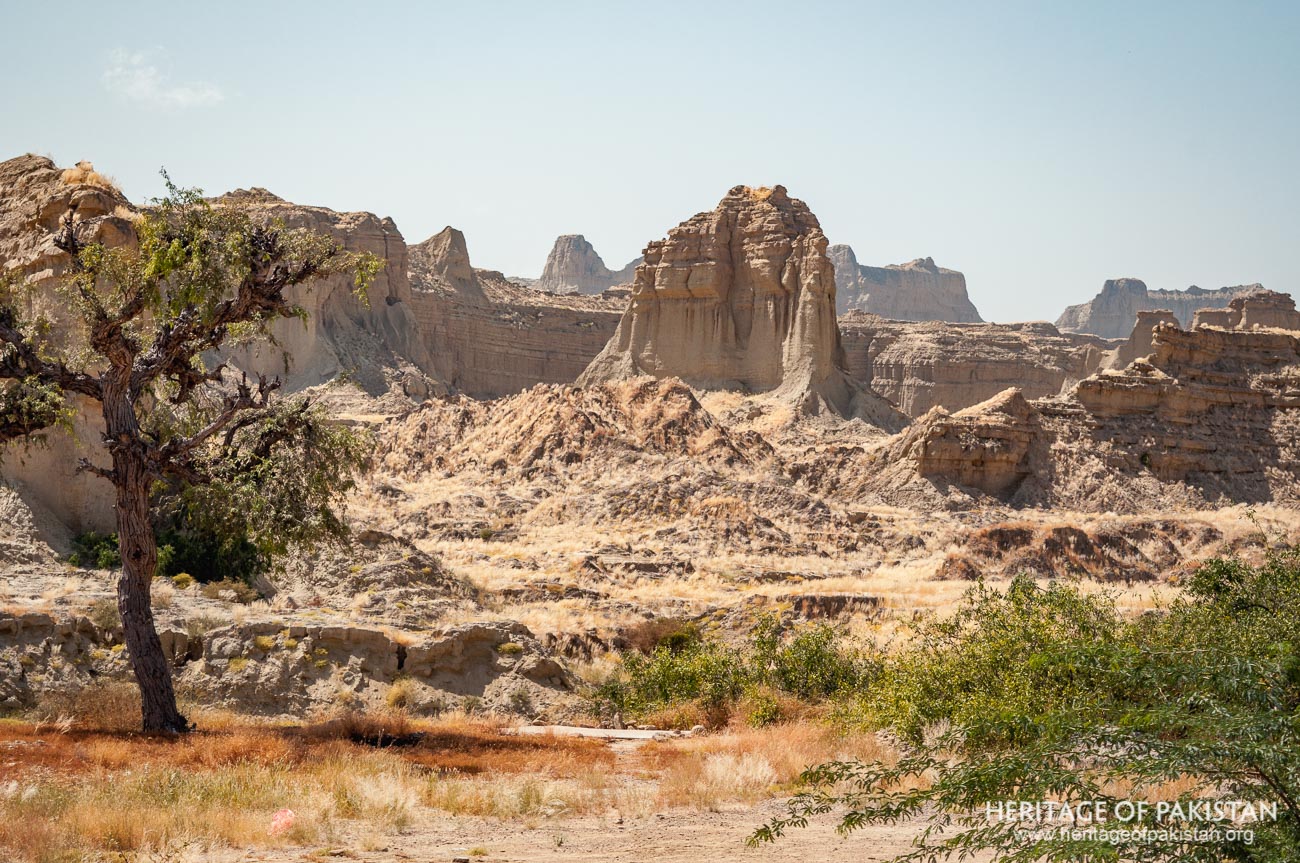
Hingol National Park is home to a diverse array of wildlife, with at least 35 species of mammals, 65 species of amphibians and reptiles, and 185 species of birds.The park's estuary, the area where the Hingol River flows into the Arabian Sea, supports a variety of threatened fish, birds, and crocodiles and forms a habitat for these animals. The park is also home to several species of wild animals, including the Sindh Ibex, Balochistan Urial, and Chinkara Gazelle, which find refuge in its varied landscapes. The ecological and geographical diversity of the park is enhanced by the presence of the extensive coastal area.
The park is home to approximately 250 flora species. The park is home to a variety of internationally and nationally significant species, such as the Green and Olive Ridley Turtles, Dalmatian and Spot-billed Pelicans, Sociable Lapwing, Eastern Imperial and Pallas Fish Eagles, White-backed Vultures, Marsh Crocodiles, Spiny-tail Lizards, Sindh Ibex, Afghan Urial, Chinkara Gazelles, Common Leopards, Caracals, Hyenas, Honey Badgers, Afghan Hedgehogs, Pangolins, and Plumbeous Dolphins.
The Directorate General of Archaeology of the Government of Pakistan has submitted Hingol National Park for inclusion on the UNESCO World Heritage Site Tentative List, recognizing its distinctive value.
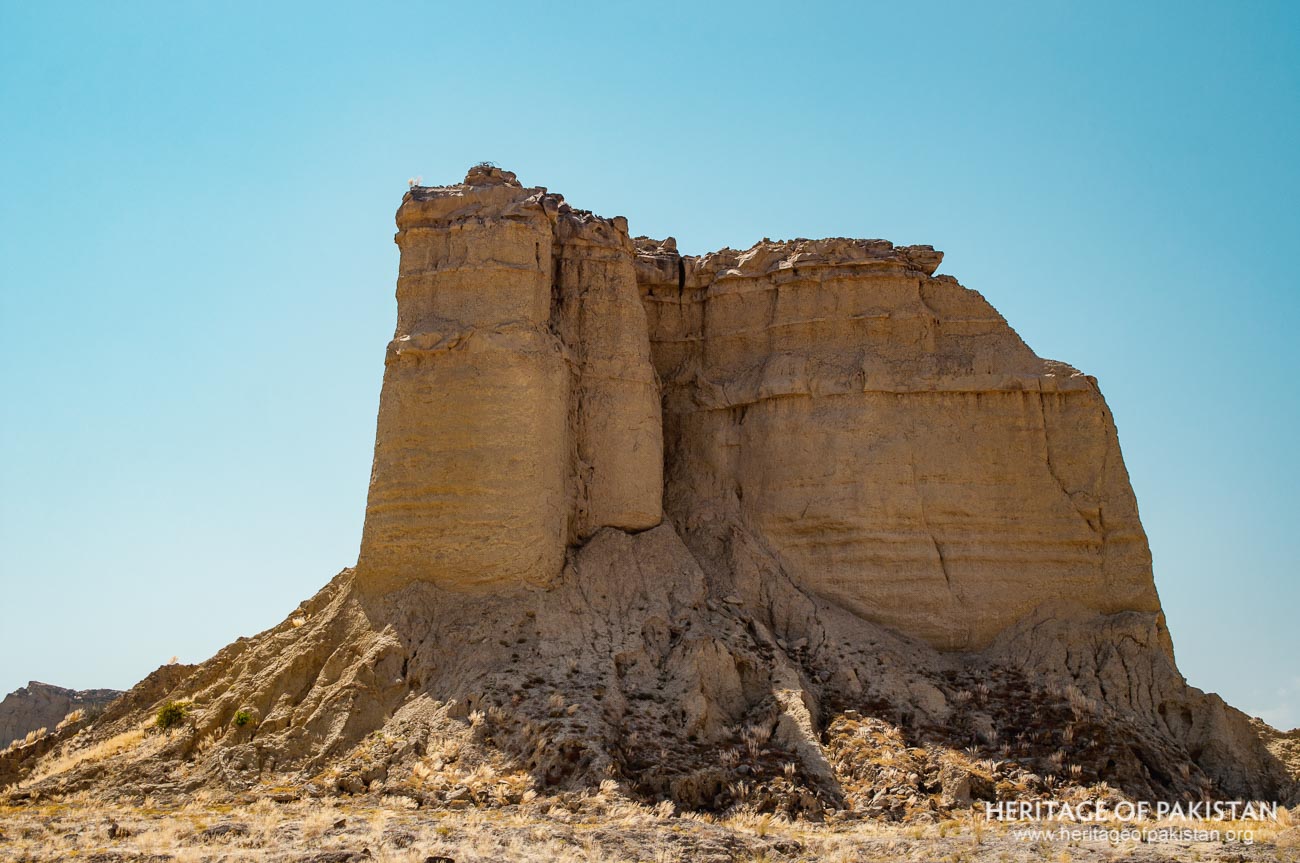

Discover Hingol National Park image gallery and immerse yourself in stunning photographs

All Photographs by Syed Noor Hussain and Sania Azhar.
All Rights Reserved. Photos may be used for Non-Commercial, Educational, Artistic, Research, Non-Profit & Academic purposes.
Commercial uses require licensing agreement.

